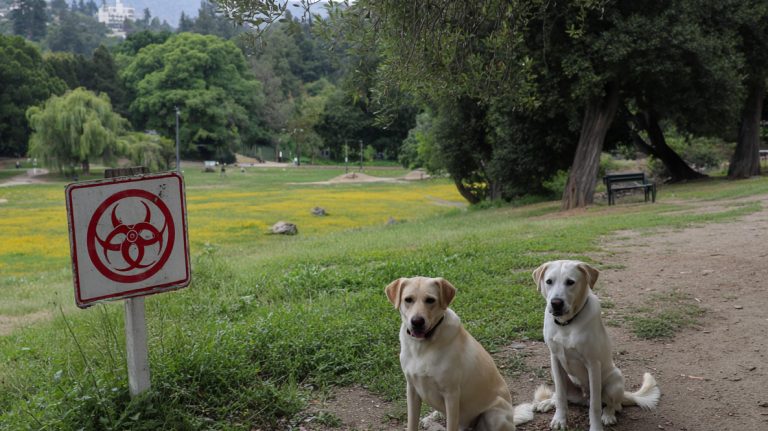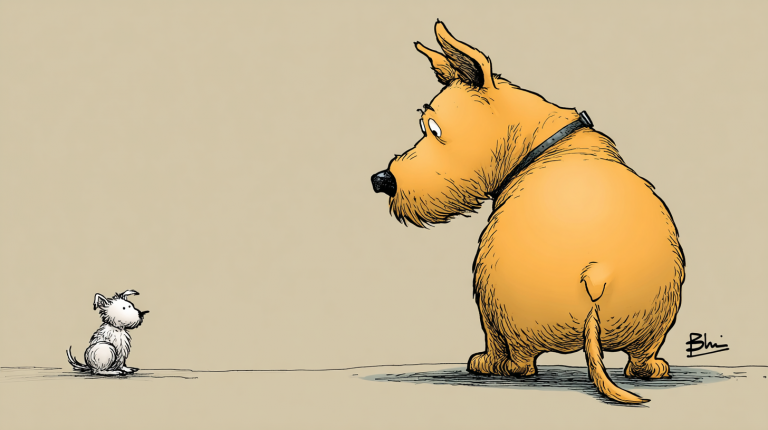By Dr. Angela Gaeto, DVM, of the Helen Woodward Animal Center community in San Diego County.
Microchips are small metal implants that go underneath the skin into the connective tissue. The purpose of the microchip is to uniquely identify your dog. The chip is placed via a needle injection that can be done when the dog is awake or when they are under anesthesia for spay or neuter surgery. The chip is found when a scanning device is used to pick up the radio frequency and reads out a number. The number will identify your dog through a registry database.
While every dog has certain individual features, we do not have a system of identifying individual dogs like the human fingerprint system. A microchip is a way to ensure that your dog is individually linked to you.
When you get a chip implanted into your dog, you then take the unique number and register it to your contact information. If your dog is ever lost and taken to a veterinary clinic, shelter, or found by animal control, they will find the chip and contact you.
Collars with identification tags are helpful in the short term but can be lost or removed if your dog is separated from you for a long period of time. Animals can be reunited with their owners years later if their microchip is identified.
Microchipping helps reunite dogs with owners during very difficult or tumultuous situations such as moving or natural disasters. This can be especially true if your dog finds itself in an unfamiliar situation. This can occur when dogs get out of their yards. Many dogs will get scared and try to flee and then find themselves in an area they don’t know and cannot get back home. Clinics and shelters use universal scanners to check dogs for microchips. Therefore, no matter what type of chip your dog has they can be linked back to their owner.
Photo Credit: Ella Novak (CC)










